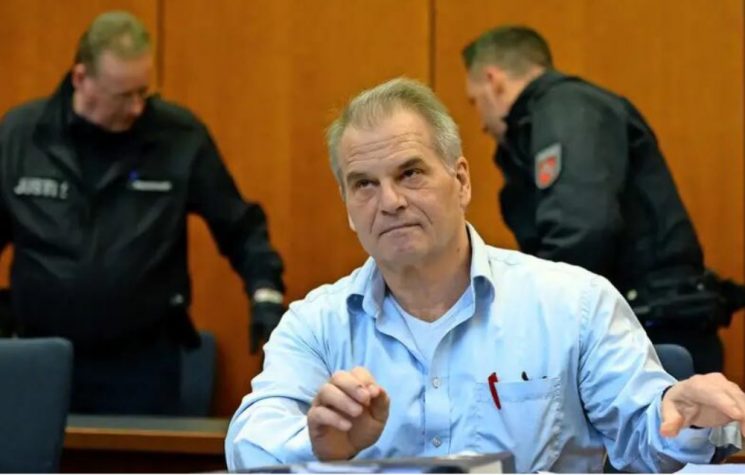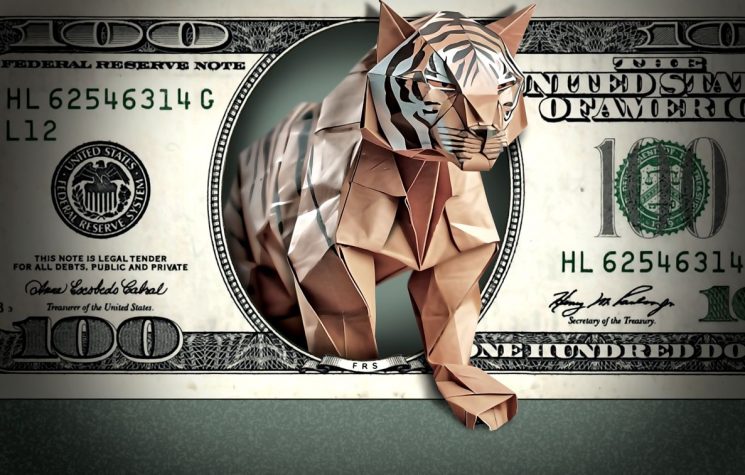When it comes to Aboriginal land rights in Australia, several contradictions emanate. In May, the Yindjibarndi Aboriginal Corporation which represents Aboriginal communities, won exclusive native title rights to land which is mined by Fortescue Metals Group. With legal possession of their land, the Aboriginal communities can now seek compensation for economic and spiritual damage inflicted by the mining corporation – a move that shows legal recognition of Aboriginal claims over land and its usage.
In other news that caused significant outrage among indigenous and environmental groups, mining giant company Rio Tinto which considers itself as “taking cultural heritage and partnerships with Traditional Owner groups very seriously”, blasted two Aboriginal caves to expand its mines in Western Pilbara, Western Australia – the Juukan Gorge 1 and 2 – which held both national and indigenous significance. The shelters destroyed by the mining company were 46,000 years old and contained evidence of the first human occupation in Australia.
Despite the fact that archaeological excavation at the site in 2013 unearthed important historical relics, Rio Tinto was allowed to exploit the land and its resources. The company’s excavations were authorised by ministerial consent, hence the blasting of the shelters is not deemed illegal under Australian law.
If a historical site is not included in a national heritage listing, the site is governed by state laws which contain a valuable loophole for mining companies. The Aboriginal Heritage Act of 1972 is contradictory in terms of heritage protection. Section 17 of the Act states that any damage or alteration done to an Aboriginal site is an offence unless there is authorisation or ministerial consent – the latter defined in Section 18.
Rio Tinto’s Chief Executive Chris Salisbury is reportedly “sorry for the distress we have caused” and declared the company will work closely with the communities “to learn from what has taken place and to strengthen our partnership.”
Since 2010, mining companies have requested permission for the destruction of over 463 Aboriginal heritage sites. Only lease holders of the land can appeal revocation. Rio Tinto is stating that Aboriginal communities were notified that the site would be destroyed, a statement that was refuted by representatives of the community, who have stated they informed the company of the site’s heritage significance since 2013.
The disparity between concessions to mining companies and the dismissal of indigenous concerns plays a major role in appropriation and exploitation of land. For the Aboriginal people, the connection to land is encompassing of history, social relations ancestry, spirituality, economics and resource management. Mining companies, on the other hand, are concerned with exploitation for profit – a capitalist concept which has dispossessed indigenous communities and destroyed their ancestral ties to the land, thus enforcing a rupture between land and community that can only be restored through Aboriginal land rights recognition. For the Aboriginal people, land is an important concept of identity. This link is overlooked by governments and corporations for whom land translates to a commodity for exploitation.
Native title rights to the land, which were given in 2015 to the Puutu Kunti Kurrama and Pinikura communities did not offer any legal protection of heritage sites, thus the only recourse is constant public awareness and mobilisation. Involving Aboriginal people in decision making so far has proved to be heavily biased towards corporations and agreements regarding profit and use of land. The preservation of Aboriginal heritage is far from a favourable consideration when it comes to the demands of mining companies. Under administrative law, delays to a mining endeavour may be achieved, however, the issue of protecting Aboriginal heritage is still very much subject to compromise that will weigh heavily in favour of corporations and profit.














































